My Hero Academia's manga ended recently, on August 5, 2024, drawing the story to a close after a successful decade-long run. The story ends with a flash forward sequence, revealing where all the former U.A. High students wound up years down the line. For example, Deku became a teacher at his alma mater, U.A. High, instructing the new generation since he lost his Quirk during the final battles and could no longer fight villains.
Although the very end of My Hero Academia takes place in the characters' adult lives, most of the story occurs during a very short time frame. The manga begins with Deku inheriting All Might's Quirk, All For One, and getting into U.A. High School, his dream school. My Hero Academia's ending, at the conclusion of the final battle before the time skip, occurs only about a year and a half to two years after Deku started at U.A. This timeline means the entire series took place over a two-year span, which is not long at all considering everything the characters endured.
Too Many Significant Events Are Packed Into a Two-Year Span
Occurrences Ranging From Wars To Normal School Experiences Are Condensed Into a Very Short Timeframe
Some viewers enjoy the quick, action-packed pace of My Hero Academia's narrative, but others take major issue with how fast the series moves. One problem with this fleeting timeline is how many important occurrences were packed into only a couple of years, giving both viewers of the series and the characters themselves little time to process them. In just the first three seasons alone, the characters started attending U.A., experienced their internships, went through the sports festival and training, Bakugo was kidnapped, Eri was saved from Overhaul, war raged between U.A. High, All for One, and Shigaraki, Deku's other Quirks awakened, and more.
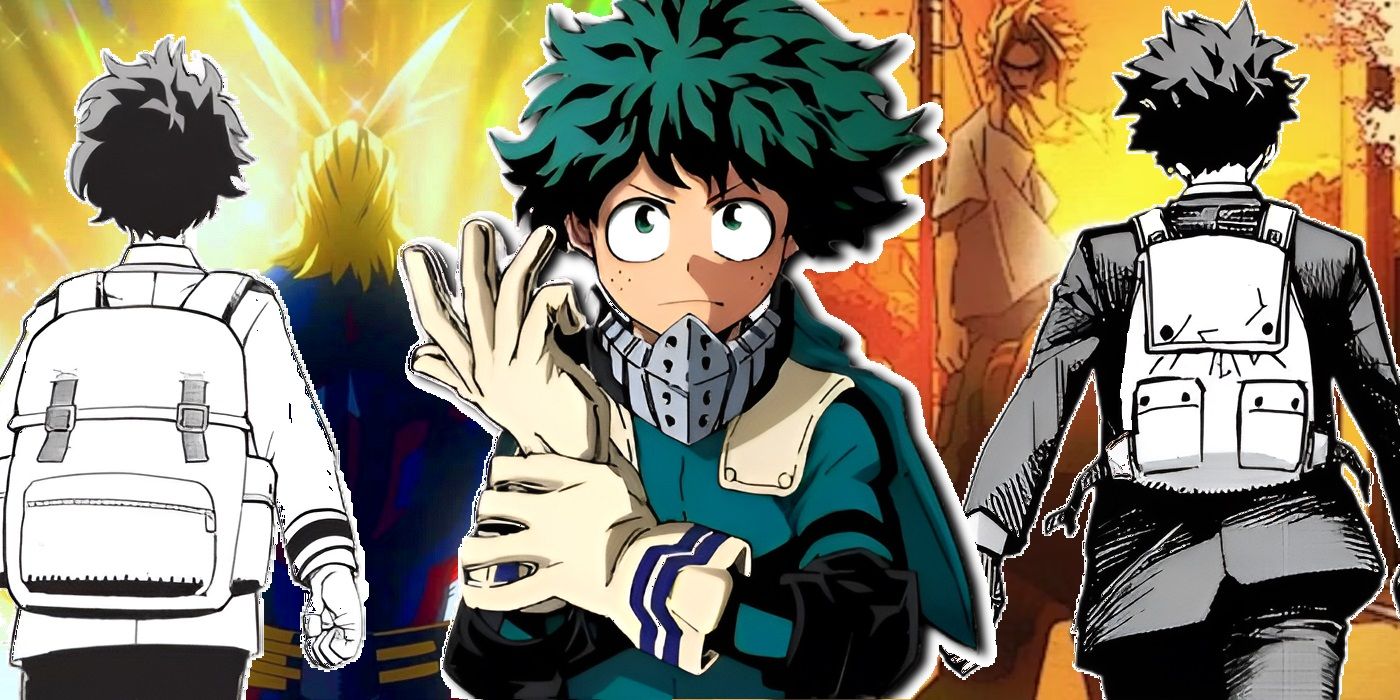
Related
10 Best Parallel Scenes in My Hero Academia That Proves It's One of the Best Written Shonen
MHA proves to be one of the best-written shonen mangas by including many parallel scenes throughout the story to deliver an inspiring message.
Looking back on the story after its completion, a lot did happen in a very short span, to the point that it almost seems unbelievable for that many major catastrophic events to occur in quick succession. It does somewhat make sense that U.A. High's students faced one crisis after another because of the uncertain world they were living in. But, had the series occurred over a longer time period, these aspiring heroes would have had more downtime to process big moments, develop as characters, and prepare more thoroughly for their next battles without constantly rushing from one event to the next.
More Time Was Needed for the Students To Train To Fight Such Intimidating Villains
MHA Fight Scenes Are Incredible, but Sometimes More Lighthearted or Less Consequential Moments Are Left Out
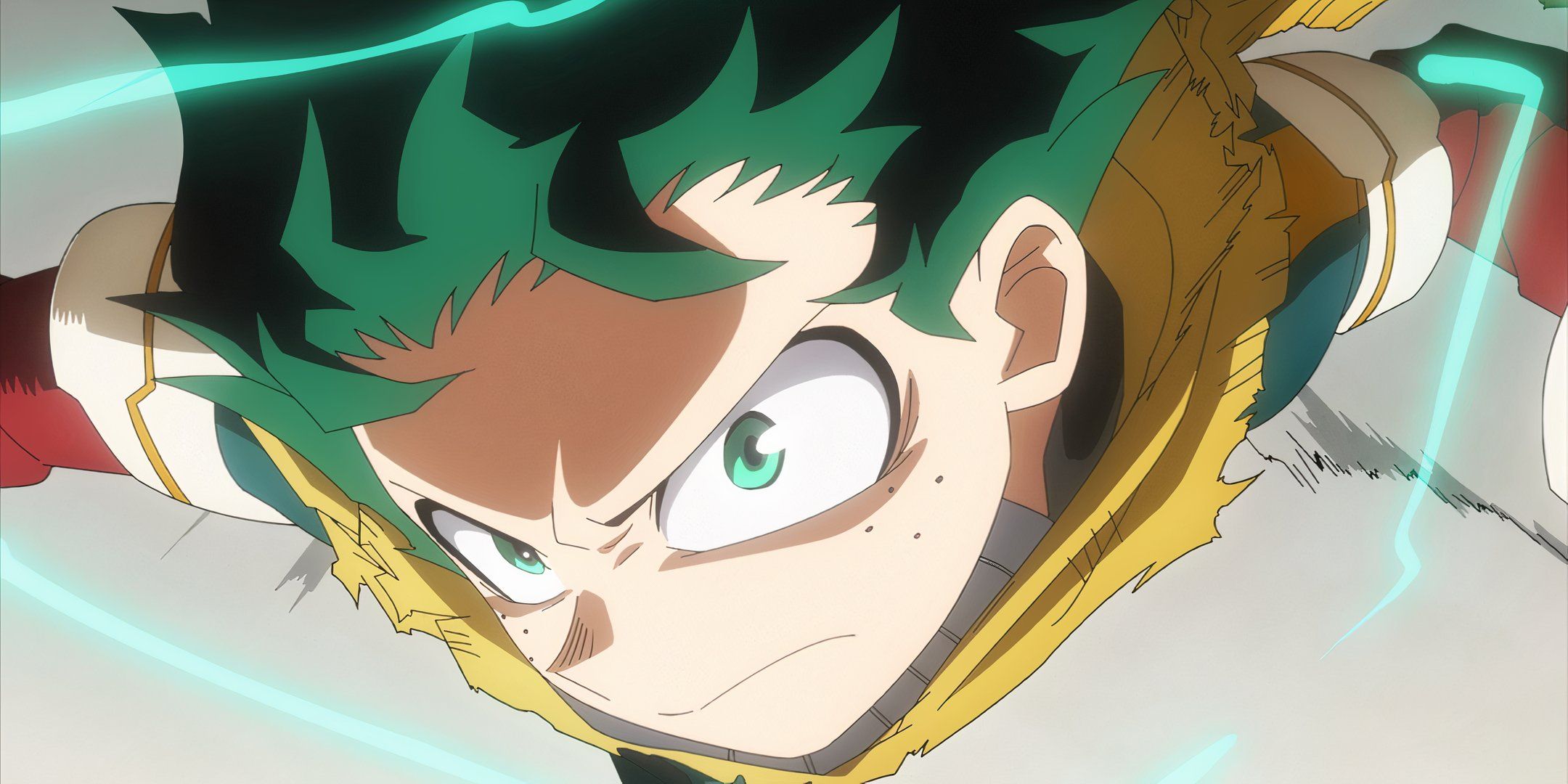
Many fans argue that more classroom time and training would have been not only more entertaining for audiences, but beneficial for the young heroes. The Hero Killer Stain, Shigaraki, and All For One were some of the most overpowered villains to ever exist, and building in additional training and time for the heroes who fought them to hone their Quirks would have fit well and realistically into the story. U.A. High's students were already facing villains head-on mere months after first enrolling at the school, before they had even really established their identities as heroes or mastered their Quirks.
A common complaint lodged with My Hero Academia's story is that there are not enough scenes within the walls of U.A. High, showcasing the students being educated, training, and overcoming any weaknesses before going out into the world as Pro Heroes. My Hero Academia embodies a shonen perfectly, in that it is very focused on combat and fight scenes. However, this sometimes comes at the expense of leaving out some of the less "exciting" achievements along the characters' journeys, like their classes at school, practice sessions, and even more lighthearted instances like U.A. classmates bonding with each other as friends.
Better Pacing Could Have Further Developed Characters and Relationships Between Students
Less Frequently Used Side Characters Could Have Played a Greater Role in the Story Had There Been More Time for Them
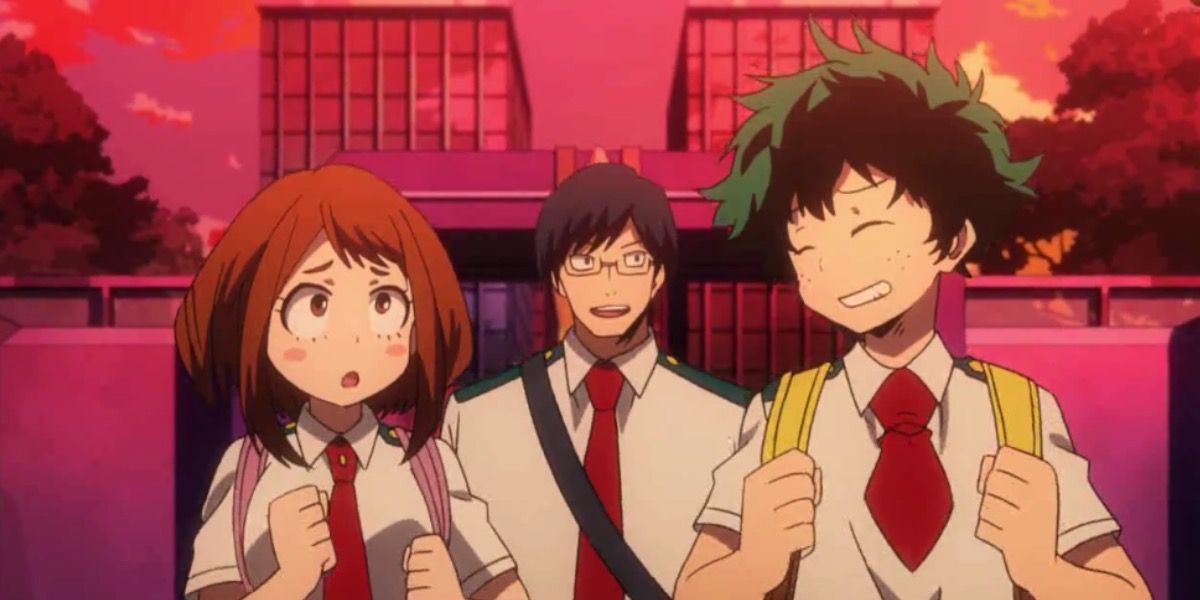
U.A. High’s characters could have been developed more thoroughly if the overall story was spread out over a longer timeframe. Some characters, like Ochaco Uraraka and Tokoyami Fumikage, for example, sadly don’t receive much screen time or development. The fast pace of the story leaves little time for fleshing out these side characters, something many fans wish had been focused on more. Interpersonal relationships between U.A. High students are also often neglected, since the heroes have to completely focus on defeating threats to public safety rather than leading normal teenage lives and fostering friendships and romantic relationships.
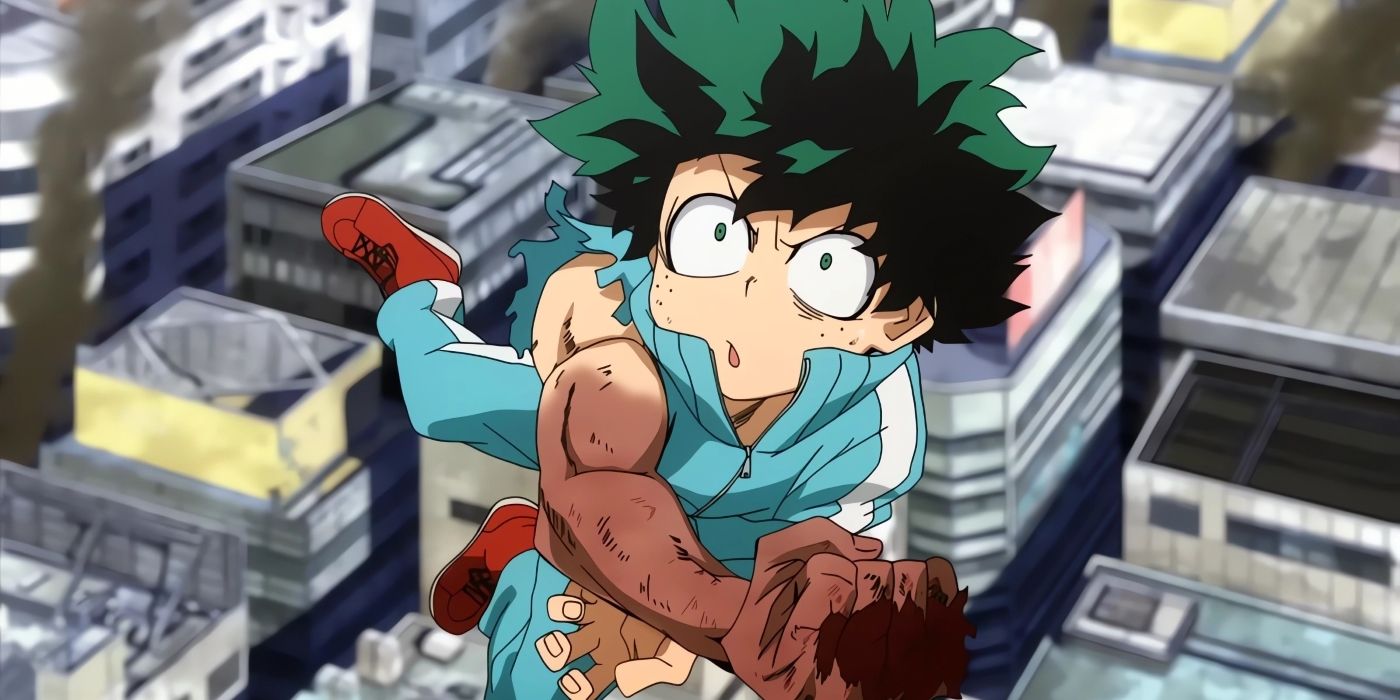
Related
10 Best Deku Fights In My Hero Academia That Truly Proves He's The Series' Greatest Hero
My Hero Academia's Deku is famous for his dogged determination, and that's lead to some truly incredible fights throughout the franchise.
My Hero Academia is not without interpersonal relationships entirely. There are many beautiful bonds woven into the manga's chapters, like the friendships between Eijiro Kirishima and Bakugo Katsuki and Mirio Togata and Tamaki Amajiki, for example. However, had the story's timeline been longer than two years, these relationships could have been expanded upon further and fans could have witnessed how they grow and change over time, which would have added more heart and emotion to the series. It is also a shame that My Hero Academia essentially only shows Deku's first two years of high school, leaving out his pivotal last year.
One Year of the Typical Japanese High School Experience Was Omitted From the Story
Including This Crucial Final Year of High School Would Have Given the Story a More Satisfying and Complete Ending
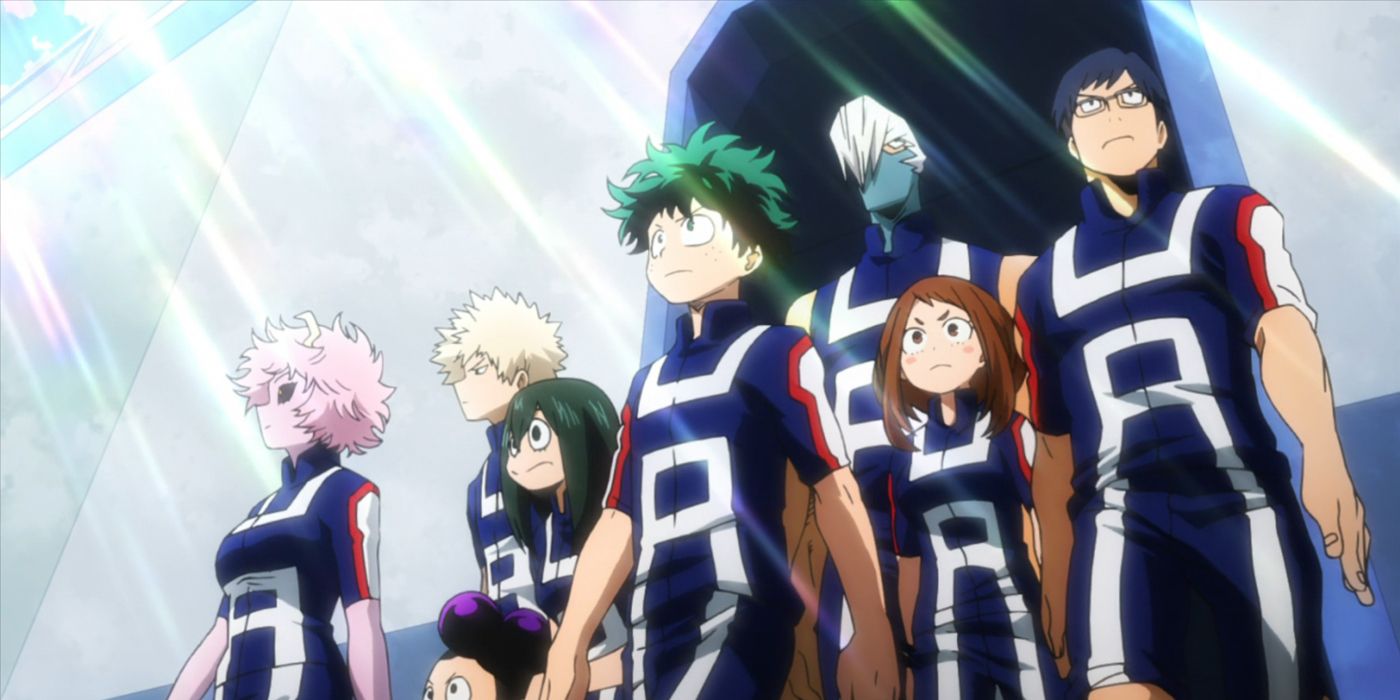
Japanese high school students attend for three years, but the U.A. High students' last year will forever remain a mystery. The series jumps ahead five years and leaves a big gap between Deku's second year of high school and his adult life at age 25. Fans will unfortunately have to fill in the blanks with their own imaginations, wondering what interesting events occurred in the characters' lives as they grew into adulthood and chose their careers. Had My Hero Academia taken place over three years instead of two, Deku's entire high school journey could have been depicted, making the story feel more complete.
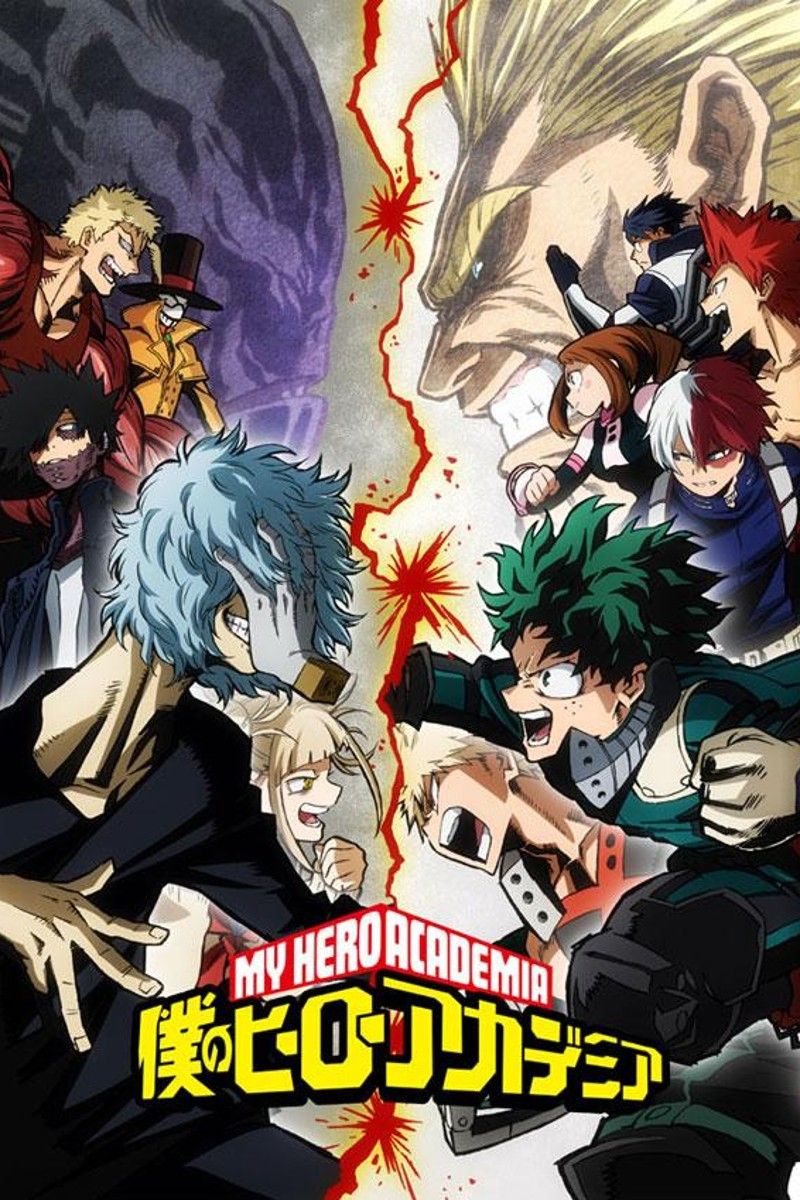
In My Hero Academia, some humans have superpowers called quirks. Izuku Midoriya, nicknamed Deku, is not one of them. Deku has always idolized heroes like the number one hero, All Might, and since he was a child, he has always wanted to be a hero. However, his lack of a quirk has always held him back, but a chance encounter with All Might after discovering a classmate in danger sets Deku on the path to becoming a true hero. My Hero Academia centers around Deku and a class of heroes-in-training at UA. This school shapes young quirk users into future heroes through fake rescue missions, combat training, and other hero-tempering tasks. With young Deku inheriting the "One-For-All" quirk, he will learn what it means to be a true hero while facing off with dastardly supervillains.
Release Date April 3, 2016
Seasons 7
Franchise My Hero Academia
Production Company Bones
Number of Episodes 113

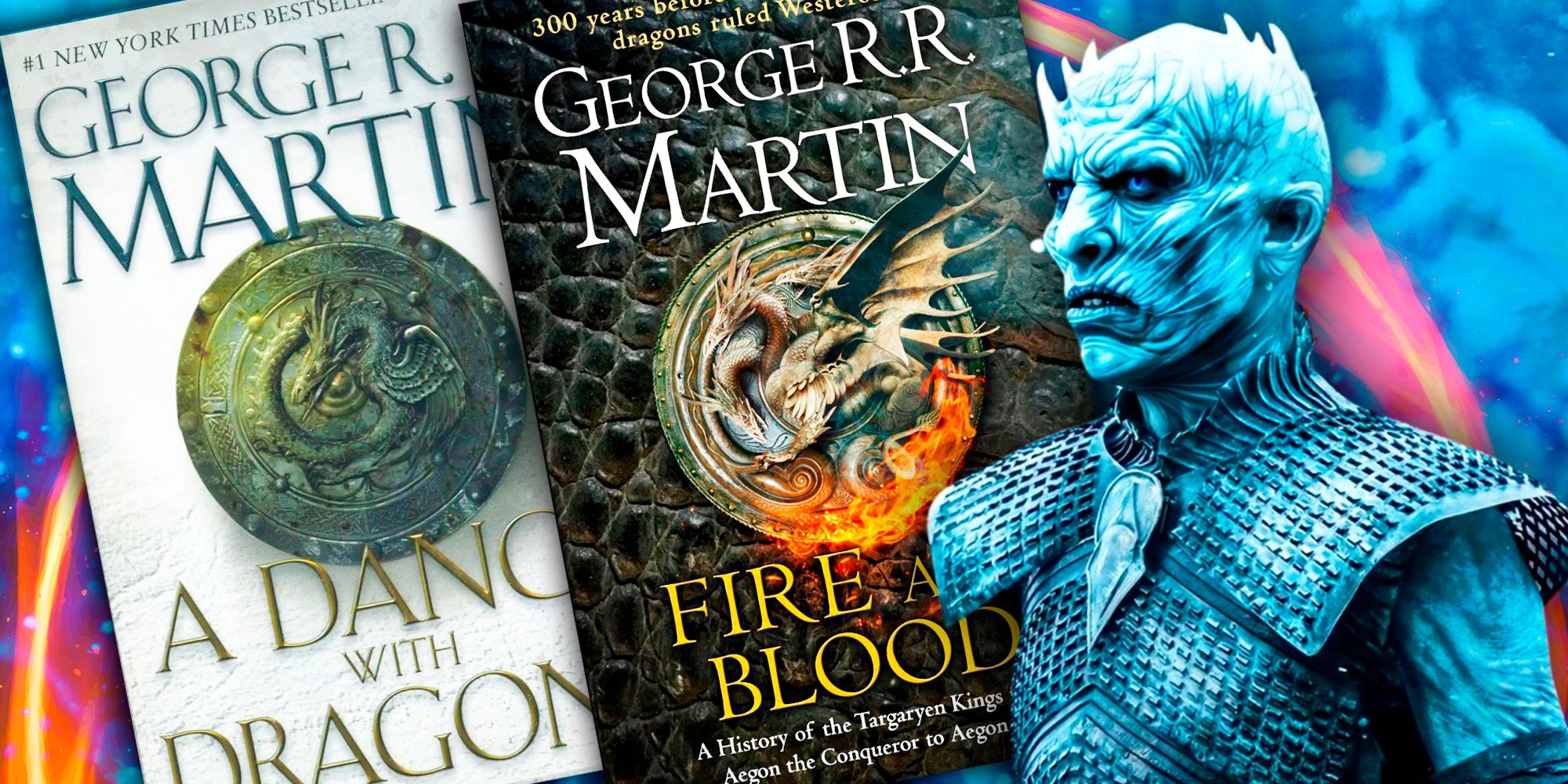
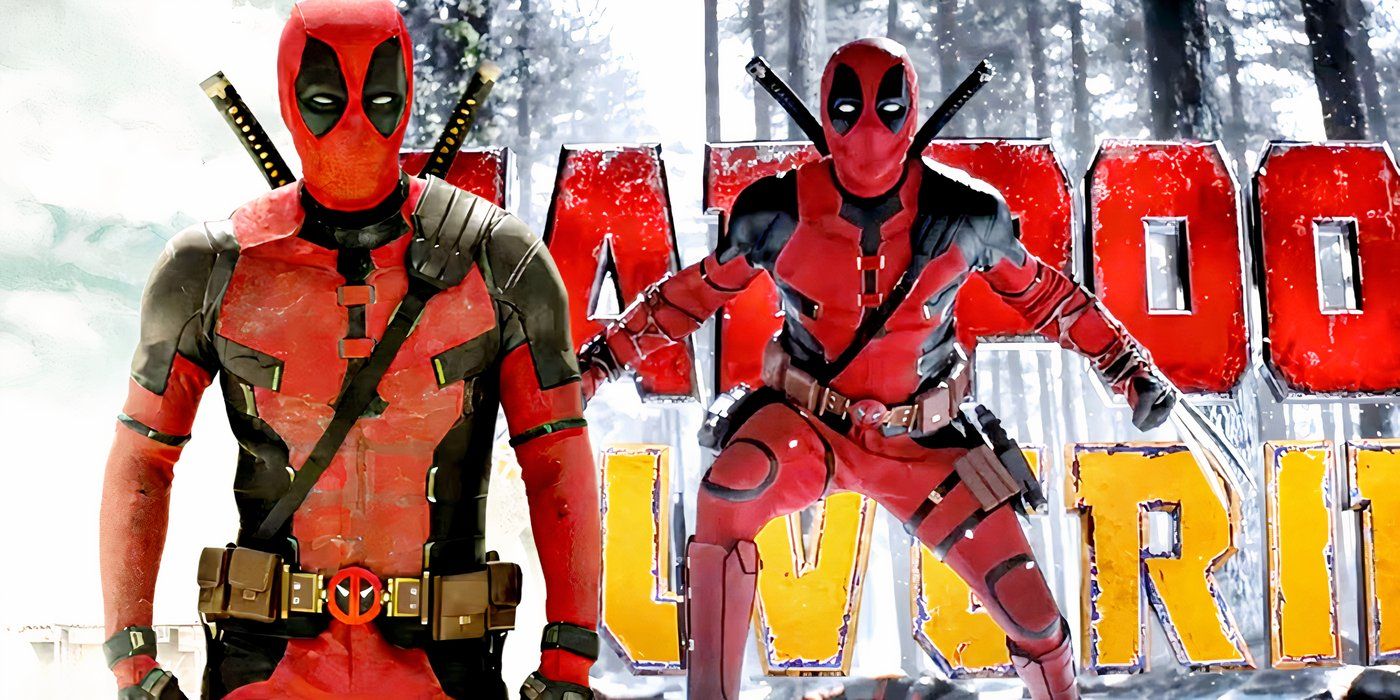
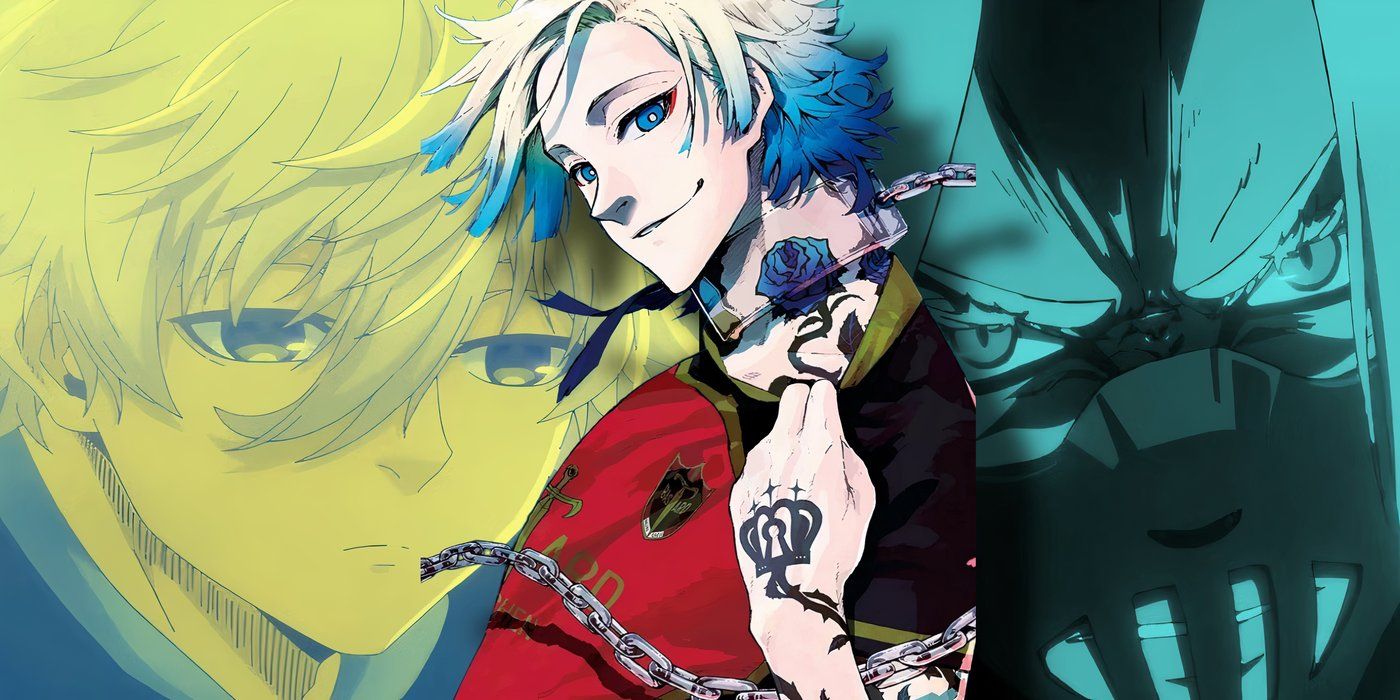
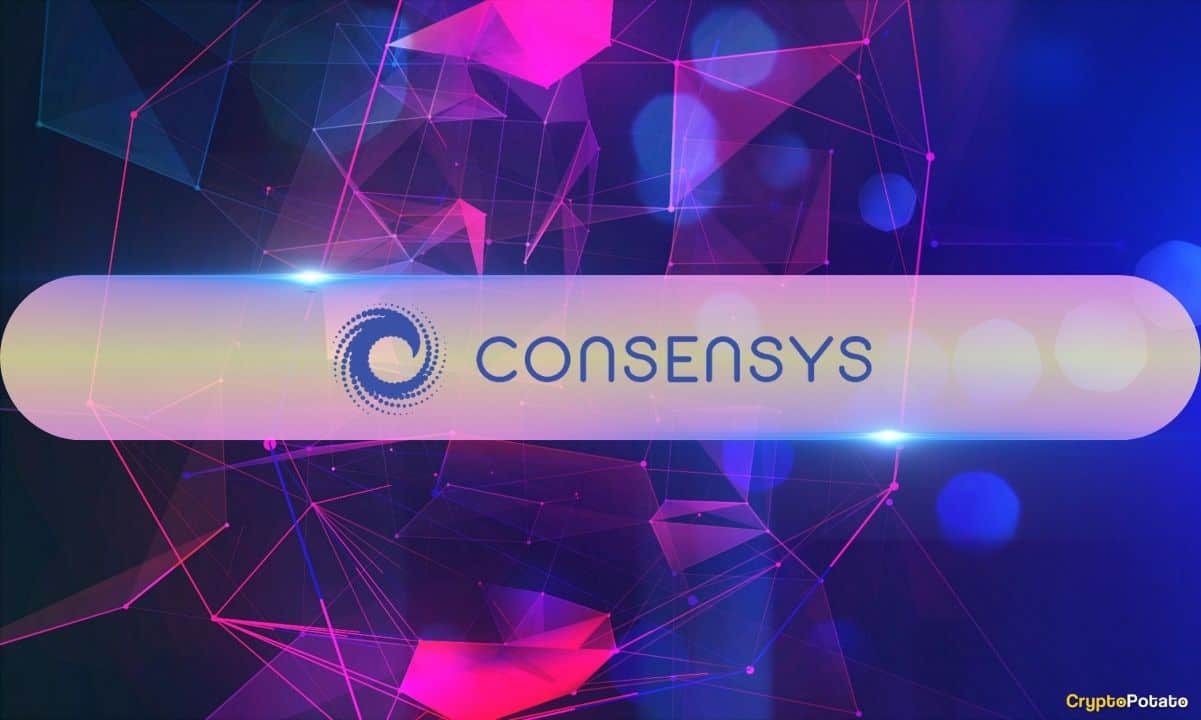

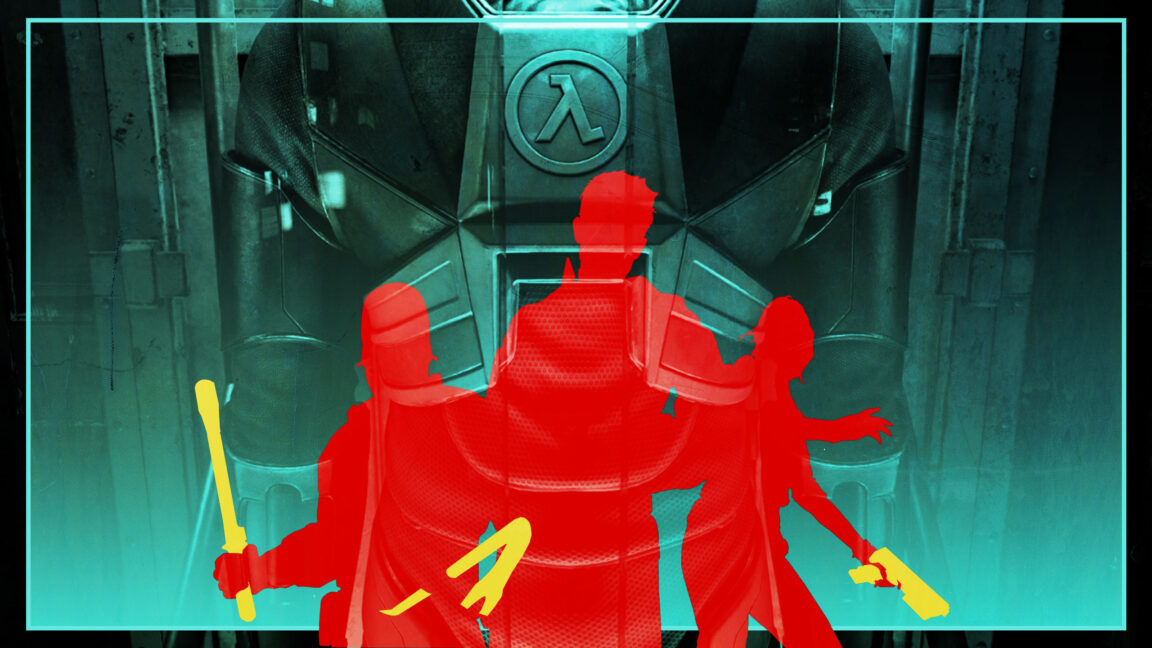
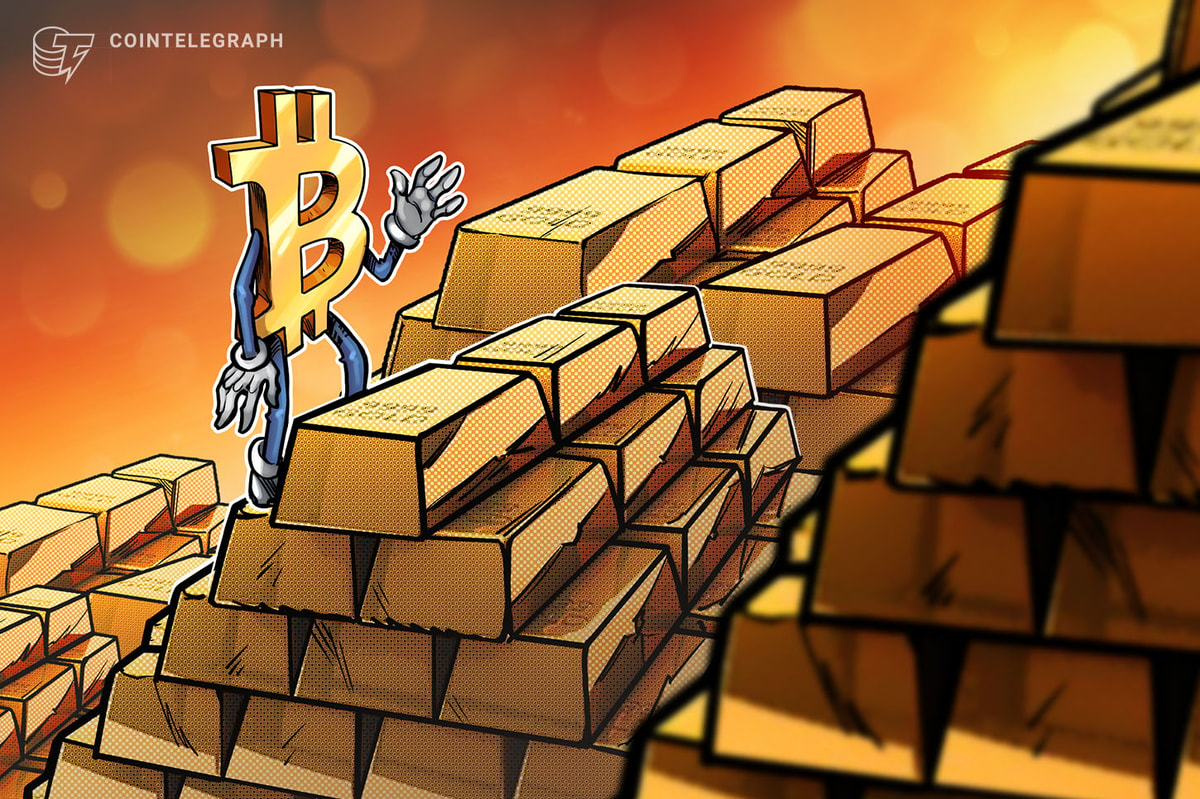
:quality(85):upscale()/2024/11/15/862/n/1922153/911b7d1c6737a4111b6008.57513343_.png)
 English (US) ·
English (US) ·